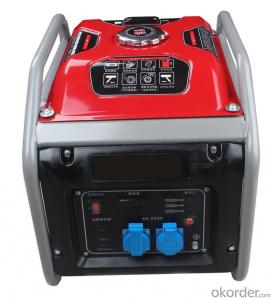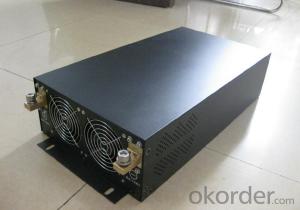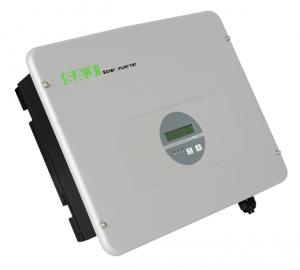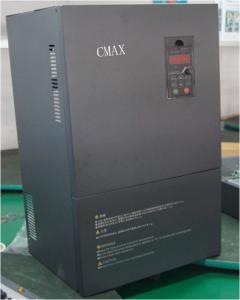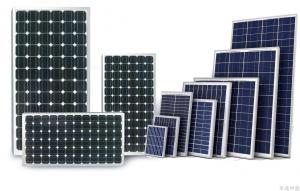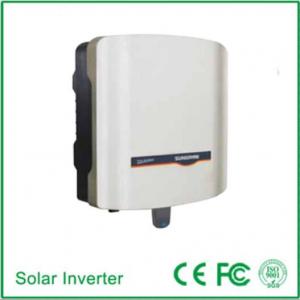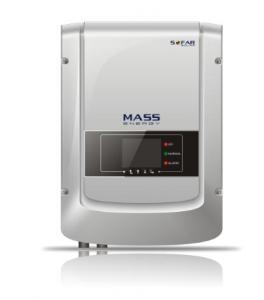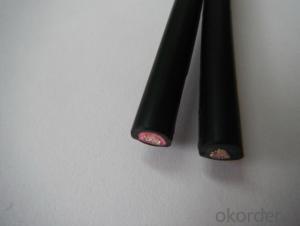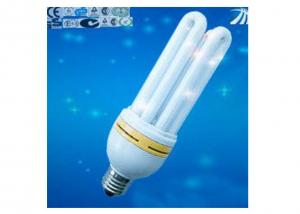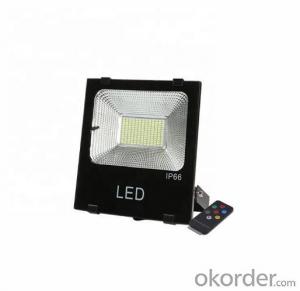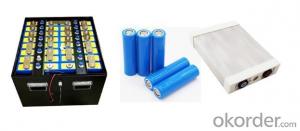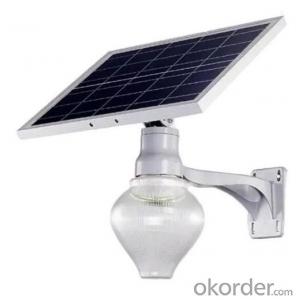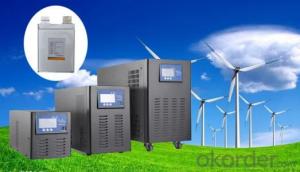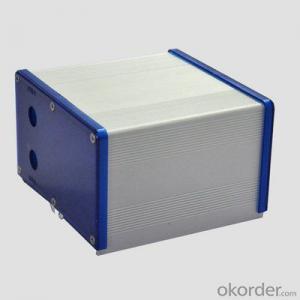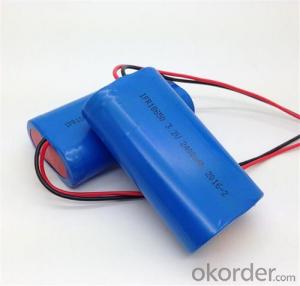4kva Solar Inverter
4kva Solar Inverter Related Searches
4kw Solar Inverter 4kw Inverter Solar 4 Kilowatt Solar Inverter 4kw Hybrid Solar Inverter 4kv Solar Inverter Price 4 Kva Solar Inverter Price Best 4kw Solar Inverter 4kw Solar Inverter Price 4kw On Grid Solar Inverter 4kw Off Grid Solar Inverter 2kva Solar Inverter 4.5 Kw Solar Inverter 4000w Solar Inverter 4000w Solar Power Inverter Solar Inverter 4000w 4.2 Kw Solar Inverter 4000 Watt Solar Inverter 2kv Solar Inverter Solar Power Inverter 4000w 1kva Solar Inverter 4000 Watt Inverter Solar Solar Inverter 4000 Watt Solar Inverter 48v 4000w 3kva Solar Inverter 2 Kv Solar Inverter 5kva Solar Inverter 400v Solar Inverter 2 Kva Solar Inverter 1kv Solar Inverter Solar Inverter 1kva4kva Solar Inverter Supplier & Manufacturer from China
The 4kva Solar Inverter is a high-performance device designed to convert the energy generated by solar panels into usable electricity for various applications. This advanced inverter is equipped with cutting-edge technology, ensuring efficient power conversion and reliable operation. It is an essential component in solar energy systems, as it allows for the seamless integration of renewable energy into homes and businesses.The 4kva Solar Inverter finds its application in a wide range of scenarios, from residential rooftop installations to large-scale commercial projects. It is particularly useful in areas with limited access to the electrical grid or where energy costs are high, as it provides a sustainable and cost-effective solution for meeting energy demands. By harnessing the power of the sun, users can reduce their reliance on fossil fuels and contribute to a cleaner environment.
Okorder.com is a leading wholesale supplier of the 4kva Solar Inverter, offering a vast inventory to cater to the needs of various customers. With a strong commitment to quality and customer satisfaction, Okorder.com ensures that each 4kva Solar Inverter is thoroughly tested and meets the highest industry standards. By partnering with Okorder.com, customers can benefit from competitive prices, fast shipping, and excellent customer support, making the transition to solar energy more accessible and convenient.
Hot Products



